Forgotten Kingdoms: Africa Town May 30, 2016
Author: Beach Combing | in : Modern , trackback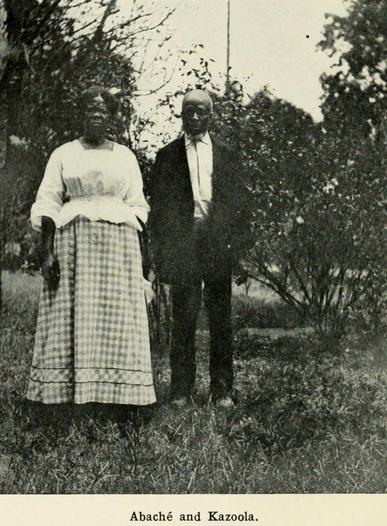
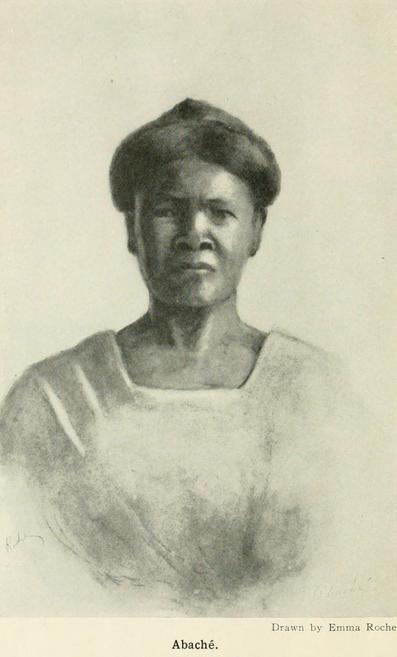
This blog described, a month ago, the horrific experience of a group of African slaves, brought to Alabama (illegally) in 1860. In that post, Beach concentrated on the experience of slavery, remembered by men and women some seventy years later. But not the least incredible part of their experience was their decision to build a new Africa on American soil. The group of Tarkar slaves were, freed, after the Civil War and eventually were able, as a small community, to buy some land from their former master Captain Meaher. Unlike the Afro-American slaves, who had been born in America, they bore the marks of an African upbringing. For example several of the Tarkar had had their teeth filed into a ‘v’ shape, not common practice on the plantation. They also spoke a very broken English and talked among themselves in their own language. They continued, too, with their own customs: for example, when they men went to vote, they walked behind each other in single file in the Tarkar way. They also chose three judges from among them to deal with controversies in the community, based on their native model of kinship. Their only real acknowledgement of America in their day to day life was their adoption of Christianity.
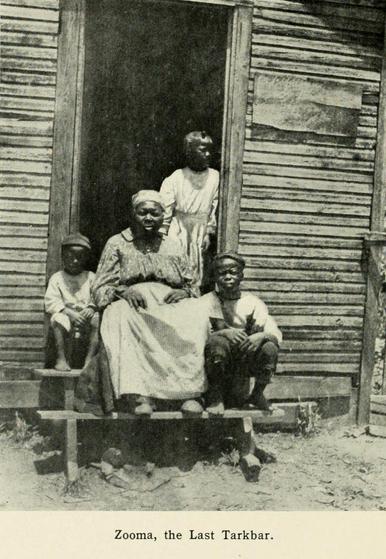
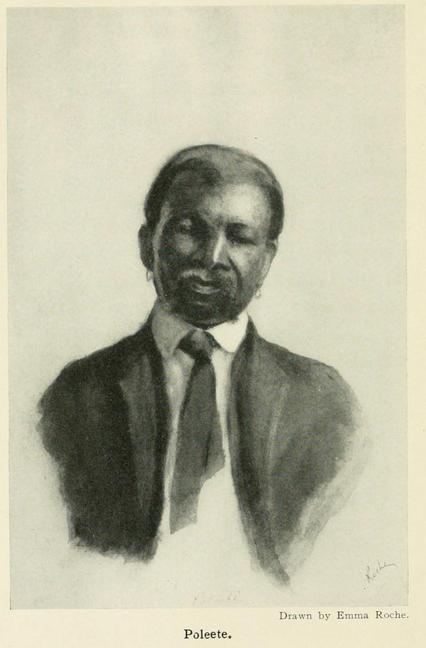
The land they bought came to be known in the area as Africa Town: there the Tarkar worked the Alabama soil and, like Aeneas remembered Troy, they saved for a second and greater venture, their dream of returning to Africa. Given some of the ideas floating around about ‘African colonialism’ before during and immediately after the civil war, the plan seems a credible one, perhaps even a Yankee benefactor or the Federal State might have sponsored their return. But their understandable nostalgia for their homeland became more and more incredible with the years: what after all would sixty or eighty year old men and women return to, who would remember them? But their love for their homeland was strong for all that. When Emma Roche came to write about their experiences in 1914, the nine survivors of the great crossing asked her to use their tribal names: ‘in some way these names might drift back to their native home, where some might remember them’. The photographs and sketches were collected by Roche as the first generation of Africa Town were dying out.
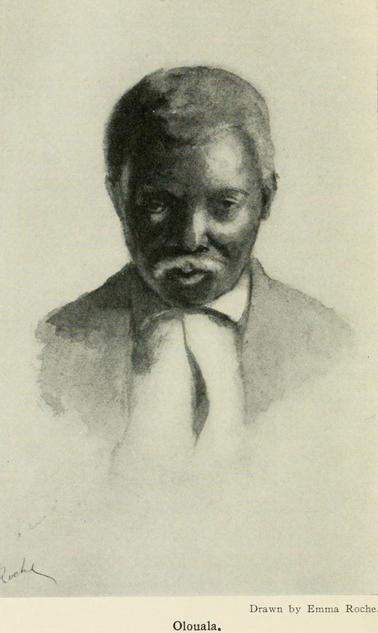
Other Forgotten Kingdoms created by ex-slaves: drbeachcombing At yahoo DOT com
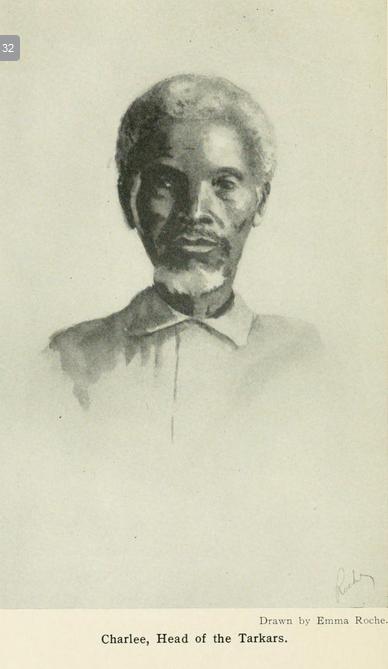
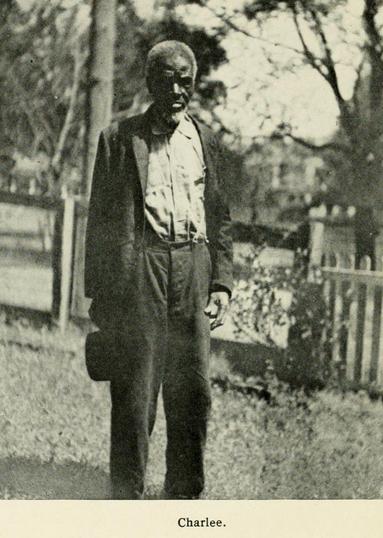
Sources: Zora Neale Hurston, ‘Cudjo’s Own Story of the Last African Slaver’, Journal of Negro History 12 (1923), 648-663; Emma Roche. Historic Sketches of the South (1914)
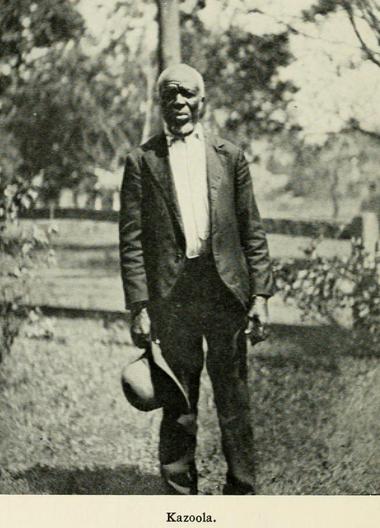
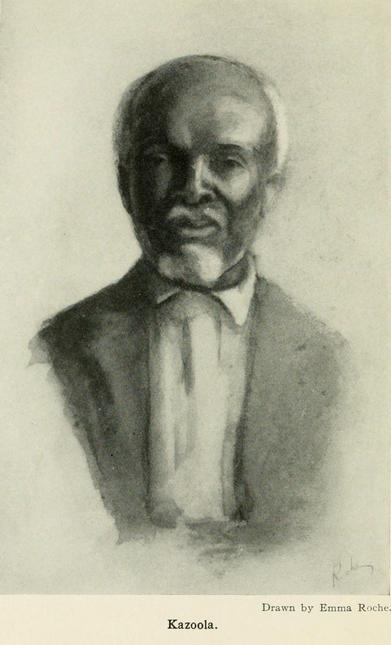
30 May 2016, Bruce T: Try the Kingdom of Esmeraldas on the Pacific coast of Ecuador and Colombia, it lasted a century and a half. The Maroons of the Blue Mountains in Jamaica would be another one. Then there are the Black Seminoles of Florida and Oklahoma. In Surinam there are various groups descended from escaped Africans who still practice an African based lifestyle and have since the at least the 18th century. The Sea Islands of South Carolina and Georgia are home to the Gullah/ Geechie culture, challenged by development but still going strong. The Garifuna who live on the islands adjacent to and along the Caribbean Coast of Central America from far southeast Mexico to Panama, slaves and maroons from the British sugar islands who sailed there to escape slavery. Finally, Haiti as a nation applied for membership to the Organization Of African States a few weeks back, that should tell you something. Those ought to keep you busy for awhile.
30 May 2016, Sword&Beast: The history of Africa Town reminded me of several similar examples in the new world during colonial times. It was not rare that fleeing slaves would form a community deep inland as a form of resistance and where the chances of being recaptured – and harshly punished – were smaller. In Brazil, they were called quilombos and the most famous of them (Palmares) lasted almost a century, reaching 30,000 people at its peak. Even though the slaves came from different regions in Africa, Palmares had a king, such as Zumbi (https://en.m.wikipedia.org/wiki/Zumbi). Today, descendents from quilombos have aquired communal land titles and try to promote their culture. Similar settlements often occurred in Spanish and Dutch colonies. In Surinam, the marrons represent 8% of the population and have kept their traditional customs deep in the jungle, but have formed a political party.


